Technology is advancing rapidly, transforming how we live, work, and interact. From artificial intelligence to green innovations, new breakthroughs are not only reshaping industries but also impacting our daily lives. In this blog, we’ll explore seven cutting-edge technologies that are driving the future and shaping a more connected, efficient, and sustainable world.
1. Artificial Intelligence (AI) and Machine Learning
AI and machine learning have become the backbone of many industries, enabling automated processes and data-driven decisions. AI systems, like chatbots and voice assistants, already improve customer service and personal productivity. More advanced machine learning models are being used in healthcare for diagnosing diseases, in finance for fraud detection, and even in self-driving cars. As AI evolves, we can expect more personalized, intelligent systems to assist in almost every aspect of life—from managing homes to planning logistics on a global scale.
2. Blockchain and Decentralized Finance (DeFi)
Blockchain technology is revolutionizing how we think about trust and transparency. Originally developed to support cryptocurrencies like Bitcoin, blockchain now powers decentralized finance (DeFi) platforms. DeFi allows users to trade, borrow, and lend assets without the need for traditional financial intermediaries. Beyond finance, blockchain is finding applications in industries like supply chain management, where it ensures transparency, and in healthcare, where it secures patient data. With its potential to disrupt traditional models, blockchain is redefining the way transactions are conducted globally.
3. The Internet of Things (IoT)
IoT refers to a network of interconnected devices that communicate over the internet to collect and exchange data. From smart home gadgets like lights and thermostats to industrial sensors in manufacturing plants, IoT is automating processes and improving efficiency. In healthcare, wearable IoT devices monitor patients’ vitals, while in cities, smart systems manage traffic and energy distribution. As IoT technology grows, the ability to control and monitor environments in real-time will enhance productivity and make life more convenient.
4. 5G Technology
The rollout of 5G networks promises to take connectivity to the next level. With speeds up to 100 times faster than 4G, 5G will enable new possibilities across industries. Real-time communication between devices, such as autonomous vehicles and IoT networks, will become smoother and more efficient. For consumers, 5G will unlock advanced gaming experiences, telemedicine consultations, and remote work capabilities without lag or connectivity issues. It also paves the way for smarter cities and future technologies, such as augmented and virtual reality systems.
5. Augmented Reality (AR) and Virtual Reality (VR)
AR and VR are creating immersive experiences that blur the lines between the digital and physical worlds. AR enhances the real world by overlaying virtual elements, as seen in mobile games and retail apps. VR, on the other hand, provides fully immersive experiences for gaming, training, and remote collaboration. Beyond entertainment, AR and VR are used in fields such as education, where virtual simulations allow students to engage with complex concepts interactively, and in healthcare, where VR helps with pain management and therapy.
6. Wearable Technology and Smart Devices
Wearable technology has grown beyond fitness trackers to include smartwatches, augmented reality glasses, and even wearable medical devices. Smartwatches now monitor everything from heart rates to sleep patterns, while smart glasses can provide real-time navigation and communication assistance. In healthcare, wearable devices track chronic conditions, alert patients about potential health risks, and facilitate telemedicine. With AI integration, future wearables will offer even more personalized insights, making them indispensable tools for personal health management.
7. Sustainable Technology and Green Innovations
The shift toward sustainability is driving the development of green technologies across industries. Renewable energy sources like solar and wind power are replacing fossil fuels, while electric vehicles (EVs) are becoming more common on the roads. Tech companies are also embracing sustainable practices, such as designing energy-efficient data centers and creating recyclable products. As environmental concerns grow, green technology will play a key role in ensuring a more sustainable and eco-friendly future. The rise of “green tech” shows how innovation and sustainability can go hand in hand.
Conclusion
Technology continues to push boundaries, creating a future filled with opportunities and new ways of solving problems. From AI-powered virtual assistants to 5G-powered smart cities, the technologies we adopt today will shape the world of tomorrow. For tech enthusiasts, even accessories reflect the spirit of innovation. Products like neon phone cases—which glow vibrantly in the dark—mirror the futuristic designs and bold aesthetics inspired by the digital age.
Whether it’s smart wearables, blockchain networks, or immersive AR/VR worlds, the possibilities are endless. As we embrace these technologies, we are moving toward a future that is not just smarter but also more sustainable and connected. The journey ahead is bright—and the future, even brighter.
So, which technology are you most excited about? The future is already here; all we need to do is explore it!

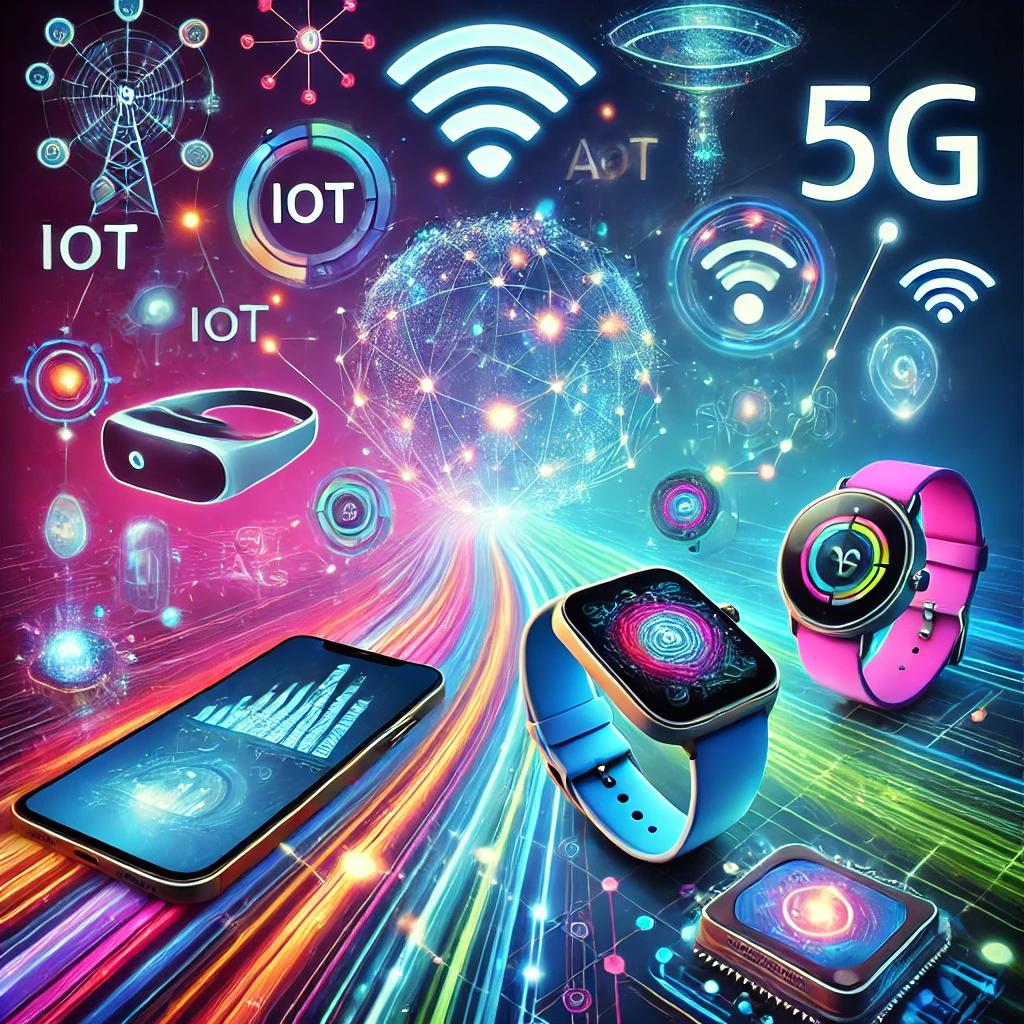
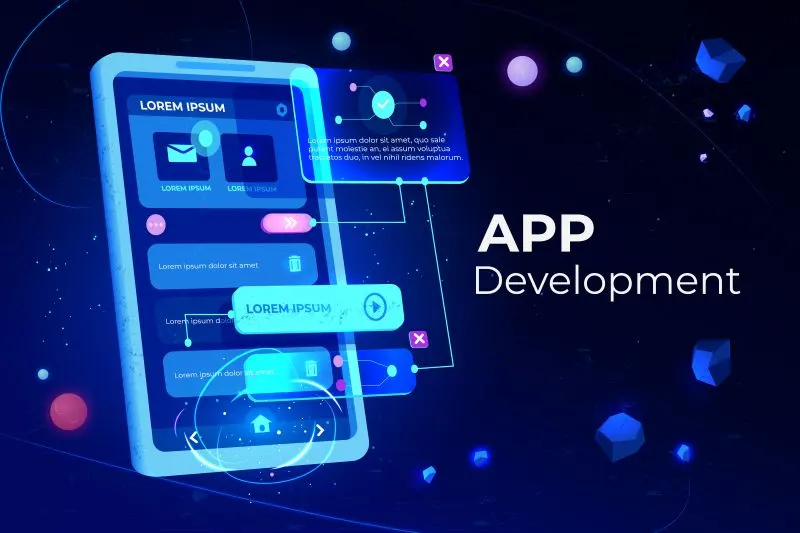

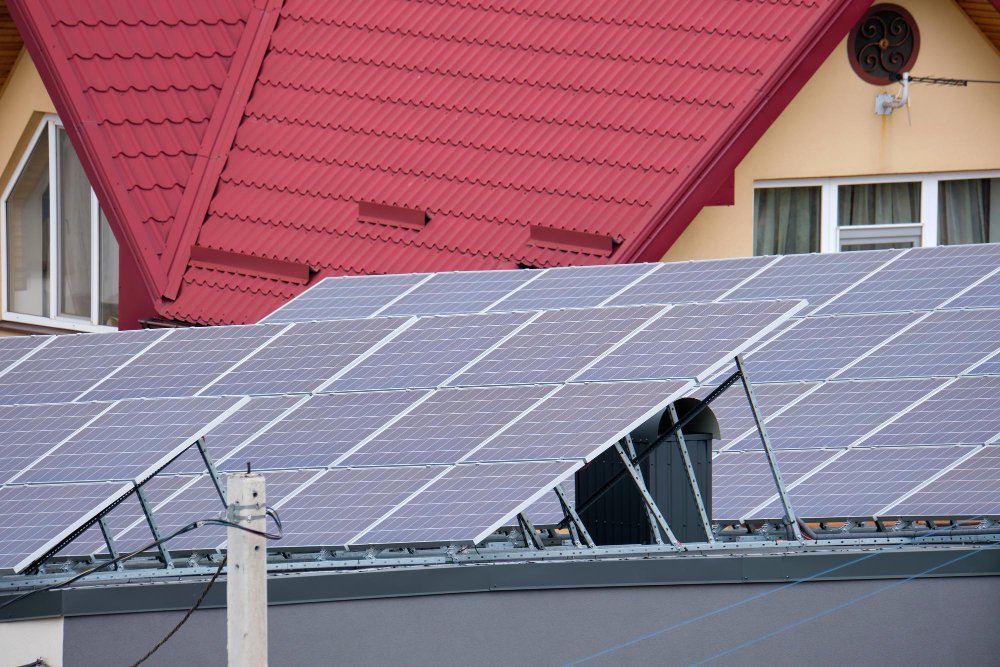


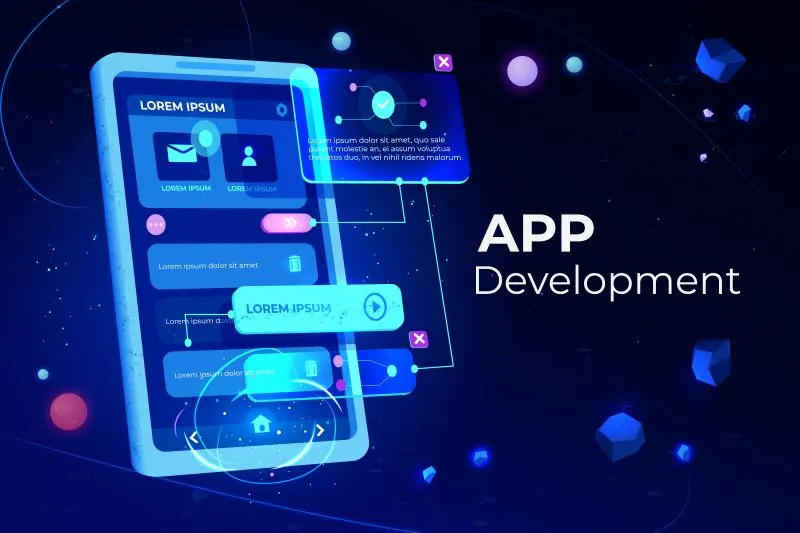


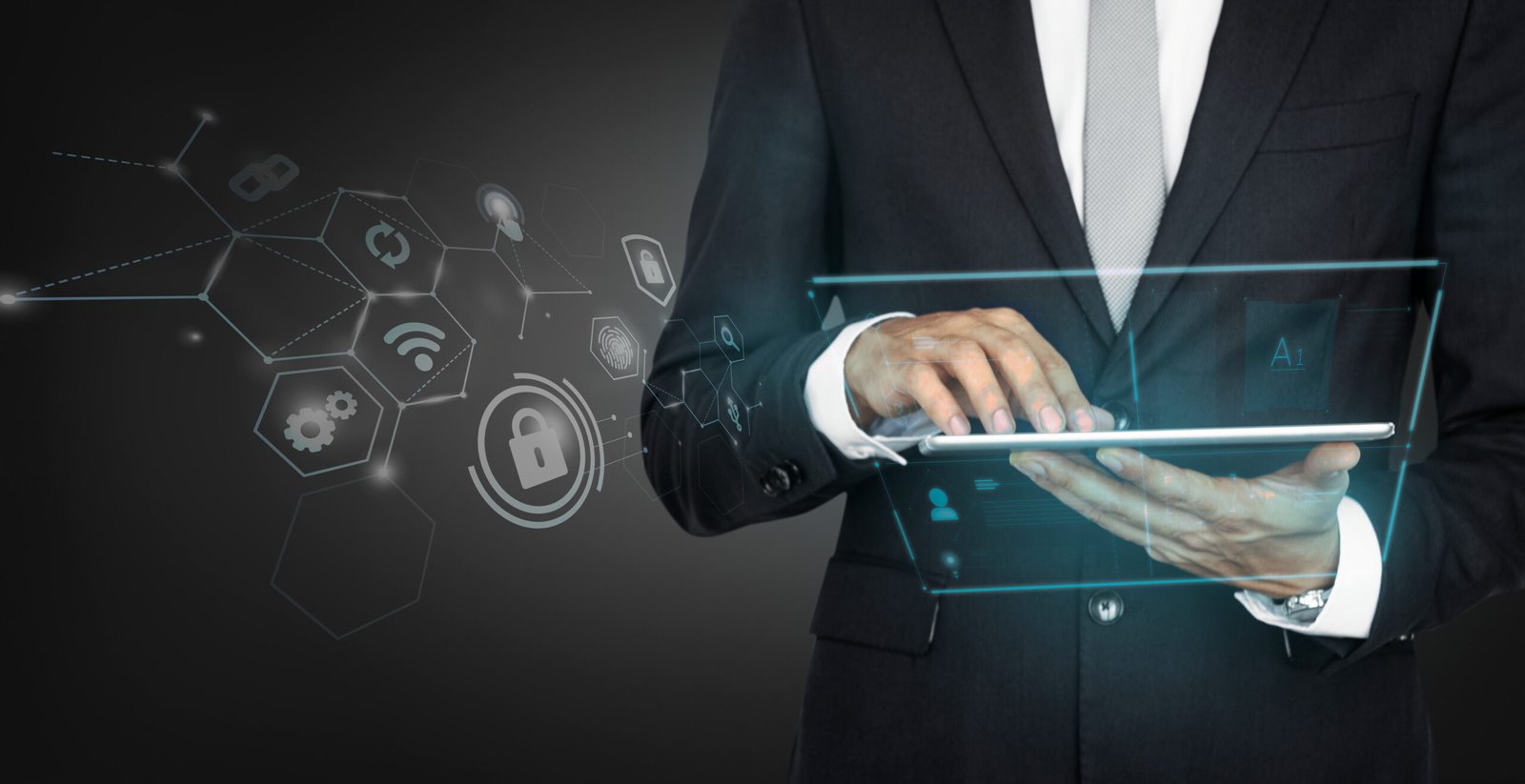




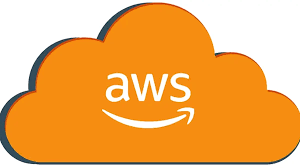
Leave a Reply